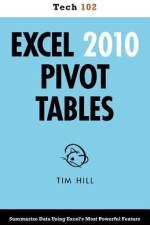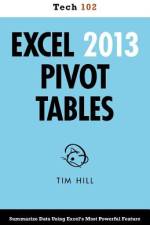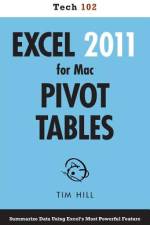av Tim Hill
165,-
This entirely practical guide teaches you the most important aspects of loans, interest rates, credit, savings, and investments. Using high-school mathematics, Tim Hill provides clear and readable lessons that you can use to understand, avoid, negotiate, renegotiate, and pay down your debts. The result: a strong grasp of basic financial concepts, including cash flows, timing issues, the time value of money, and compound interest.Stresses fundamentals and hard numbers, without the purposeless feel-good filler of conventional personal-finance books.Conveys insight and removes doubt as to how your debts and savings will change over time.Encourages the precise logical thinking needed to deal shrewdly and confidently with creditors and banks.Explains the monstrous power of compound interest, the root cause of the pain of excessive debt.Teaches general principles that can be applied to a wide variety of financial products, including mortgages, student loans, credit-card debt, leases, car payments, medical expenses, annuities, retirement funds, and stock purchases.Includes examples that extend your knowledge rather than merely reinforce it, while avoiding empty and excessive routine computations.Treats financial mathematics as a logically coherent discipline, not as a disjointed collection of techniques.Reviews the necessary mathematics.For advanced readers, the tools of elementary calculus are used to prove results, solve equations, and derive optimal values.ContentsIntroduction1. Interest2. Present Value3. Annual Percentage Rate4. Mortgages5. Annuities6. Stocks7. Personal Savings8. Student Loans9. Kelly Strategy10. Mathematics ReviewAbout the AuthorTim Hill is a statistician living in Boulder, Colorado. He holds degrees in mathematics and statistics from Stanford University and the University of Colorado. Tim has written guides for Algebra, Trigonometry, Geometry, Precalculus, Advanced Precalculus, Permutations & Combinations, Mortgages, and Excel Pivot Tables. When he's not crunching numbers, Tim climbs rocks, hikes canyons, and avoids malls.



















